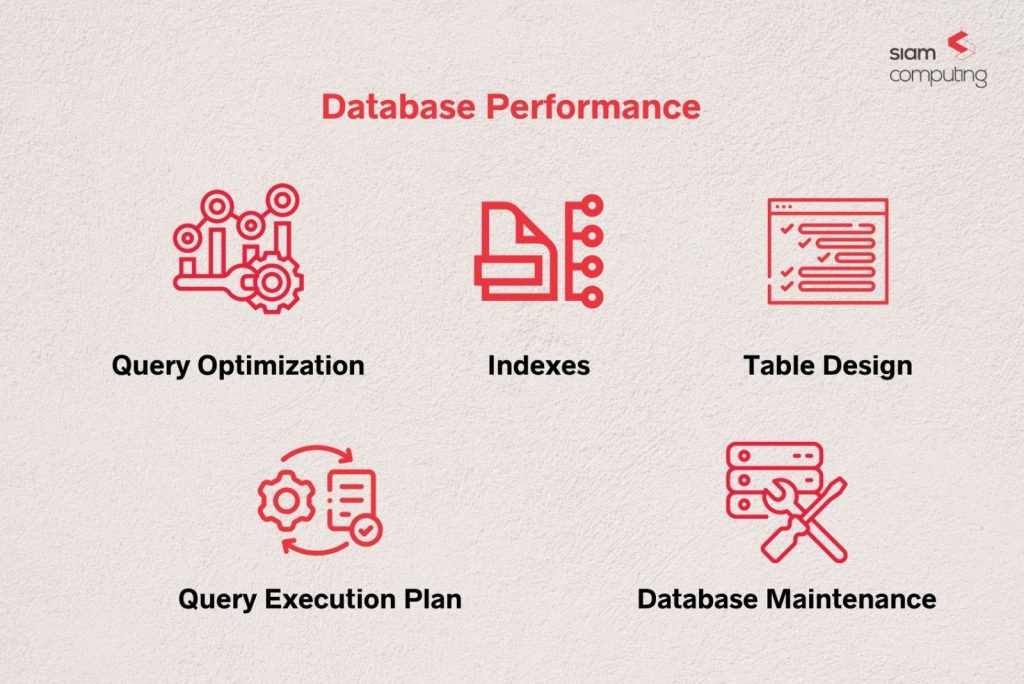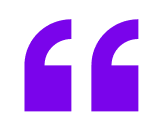In our fast-paced digital world, the speed and efficiency of web applications is critical. Using tools like Laravel and MySQL, the goal is to deliver a smooth and responsive experience for users. But achieving this requires more than just building an app; it requires optimization.
Optimization is not just about speed. It is about making sure your application can handle more users as it scales, ensuring it runs reliably without crashes or bugs, and using resources wisely to keep costs down. Adhering to best practices and standards is also a part of this puzzle for ensuring consistency and quality across the board.
In this guide, we will explore the many facets of optimizing web applications. From understanding the importance of good response times and efficient coding practices,this roadmap will provide the tools you need to enhance your application’s performance. Whether you are starting out or are an experienced developer, there is something here to help you make your application the best it can be. Let’s dive in and make your web apps shine!
Understanding Response Time for Enhanced User Experience
Before we delve deeper, it is important to gauge how response time affects user experience.

The table above provides insights into how response times influence user satisfaction. Keeping these benchmarks in mind is crucial as we delve into Laravel app optimization. When creating apps with Laravel, the speed is affected by our coding practices, database use, server management, data storage methods (like caching), and more. It is also vital to consider external services, error handling, and managing incoming traffic. This guide will focus on these areas, placing particular emphasis on optimizing database performance. Let us now uncover strategies to enhance the performance of our Laravel apps.
Code Efficiency

The efficiency of your Laravel application’s code can significantly impact response times. Inefficient queries, complex logic, and poorly optimized code can slow down API responses. Mentioned below are key aspects of code efficiency-
Minimized Redundancy
Repeated code segments are harder to maintain and also slow down execution. Move the redundancy code to a common model.
Number Of Queries
Avoid duplicate queries. Even calling Auth::user()->id will execute the query every time, instead of call Auth::user()->id one time and assigning it to a variable and reuse that variable.
Optimizing Loops
Loops are a common source of inefficiency. Code efficiency often involves optimizing loops by reducing the number of iterations, avoiding unnecessary operations like Queries .within loops, and using appropriate loop constructs (e.g., foreach, while) for the task at hand.
Server Resources
The server’s hardware and available resources, such as CPU, memory, and disk I/O, can affect response times. Ensure that your server is adequately provisioned to handle the expected traffic and workload.
Use third-party monitoring to check CPU usage and Memory usage. Based on that, upgrade server configuration.
Cache Usage
Caching can significantly improve the speed of data retrieval operations. When an application requests data, it first checks the cache. If the data is found in the cache, it can be returned immediately, saving the time and resources that would have been required to fetch the data from its original source.
Caches need to be managed effectively to ensure that cached data remains accurate and up to date. Cache invalidation strategies determine when and how cached data should be removed or updated. Cache expiration policies define the lifespan of cached data.
Middleware
Middleware in Laravel can add processing time to each request. Be mindful of the middleware you use and their impact on response times. Avoid unnecessary middleware or use middleware that can be cached.
External Services
If your API relies on external services, the response time of those services can affect your API’s response time. Consider implementing caching or handling external service timeouts gracefully.
We can also use asynchronous calls to avoid blocking events and improve the performance of your application. Asynchronous programming allows tasks to be executed concurrently, which is particularly useful for handling time-consuming or non-blocking operations. By using Laravel’s built-in features, Promises, and asynchronous functions, you can handle asynchronous tasks and avoid blocking events, ultimately improving the performance and responsiveness of your Laravel applications.
Logging and Debugging
Extensive logging and debugging can add overhead to each request. While logging is essential for debugging and monitoring, be mindful of its impact on response times in production environments.
Queue
Using queues is a powerful technique for performance optimization in software applications, especially in scenarios where tasks can be deferred or processed asynchronously. Queues help decouple time-consuming or resource-intensive tasks from the main application flow, allowing your application to handle requests more efficiently and respond quickly to user interactions.
A few practical examples are Email Sending (e.g., registration confirmation, password reset), Image Processing, Report Generation, Data Import/Export, Notification Systems, Task Scheduling, etc.
Database Performance

Database queries are often a major source of latency. Ensure that your database queries are optimized, use proper indexing, and consider caching frequently accessed data to reduce the load on the database. Mentioned below are key aspects of database performance-
Query Optimization
Properly designed and optimized SQL queries can minimize the time it takes to retrieve or modify data.
Indexes
Indexes are data structures that improve the speed of data retrieval operations by allowing the database to locate rows quickly. Well-designed indexes can significantly enhance query performance, but they must be used judiciously to avoid unnecessary overhead during data modification.
Table Design
The structure of database tables can impact performance. Well-normalized tables reduce data redundancy but may require joins for certain queries, potentially affecting performance. Denormalization can be used in some cases to improve query performance at the expense of increased storage space.
Query Execution Plan
The database engine generates an execution plan for each query, which outlines the steps it will take to retrieve or modify the data. An optimal execution plan is critical for query performance. Tools and techniques like query hints and plan analysis can help fine-tune execution plans.
Database Maintenance
Regular database maintenance tasks such as index rebuilds, statistics updates, and data archiving, are essential to keep the database system performing optimally over time.
Final Thoughts
As your app evolves, regularly monitoring its performance is essential to catch and rectify any emerging issues. Integrating automated testing can highlight areas for refinement, ensuring the app’s efficiency and security. Taking user feedback can provide invaluable insights for real-world improvements. Moreover, always optimize with both current needs and future growth in mind.
Remember, optimization is not just about immediate fixes but a continuous commitment in modern software development. It ensures applications run smoothly today and are prepared for tomorrow’s demands, balancing performance, user experience, and security.
About the author

Jeya Singh V is a Tech Lead at Siam Computing with over 8 years of experience in web development. His expertise lies in PHP, and he is particularly skilled in Laravel. He is passionate about crafting reliable and user-friendly solutions that leverage cutting-edge technologies. With a knack for problem-solving, he thrives on taking up and simplifying complex challenges. With the same passion, he is mentoring young developers and fostering a culture of growth within his team.








